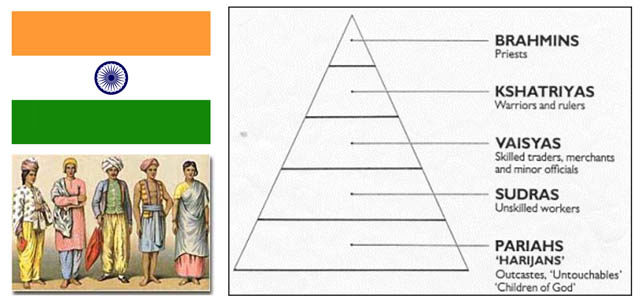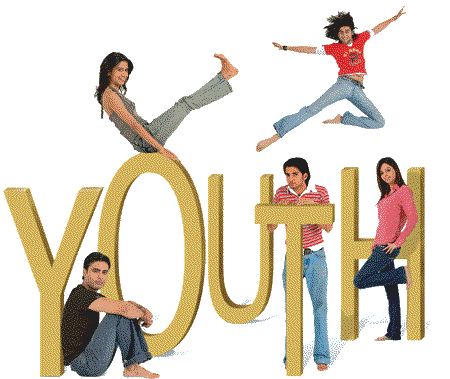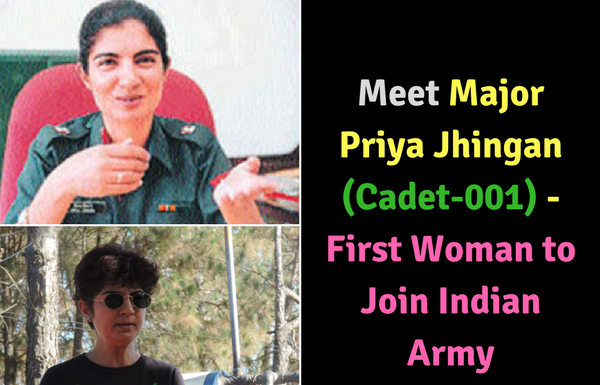A much debated topic has been about casteism in India which has almost plagued the socio-economic development of our country as well as its unity. Although a lot of controversies and interpretations had been received about casteism’s origin, existence and its nature in India, yet history affirms that caste as a system has been a central point in Hindu society since centuries. As per the age of RgVeda, caste was named after what sprang from the mouth, arms, thighs and feet of the God, i.e, Bhramanas, Rajanyas, Vaishyas, and Shudras. However, neither there is any reference of hereditary in forms of these classes and nor there had been any trace of untouchability of Shudras until the Smriti period.

Casteism is one of the most peculiar problems prevailing in India. India, as a democratic nation, is compelled to face inevitable conflicts within its variety of castes and sub-castes. What started as a positive and useful system has resulted in a mere rivalry of interests and power in the name of caste. All the persisting conflicts revolve around one caste trying its best to belie another for personal advantages. Casteism has come down to such one-sided loyalty in favor of a particular party that it blinds one for caring about another’s’ social, economic, political and cultural needs. This system has been the root cause for disturbing the harmony of a sound governmental politics and mutual group respect which has turned India’s essence of democracy into topsy-turvy. This very blindness is the reason why Indian society is still ‘developing’.
To be handful of few solutions in order to curb off this atrocious system, it is required that we throw some light on what really proliferates casteism even today. Firstly, in order to gain power and improve the social and political positions in society, a particular group is too inclined to scale up its own status which not only defocuses the problems of the rest but establishes an improper sense of competition. Secondly, imposing marital rules in a particular group means one cannot get married outside their caste. This is contrary to how the system was exercised until the Smriti period but today it is considered as one of the most vulnerable topics. Thirdly, media has always played its cards safely in order to spread a sense of casteism among the people of the same group. There has been a successful inclusion of the concept of hierarchical communities to make them feel much safer and intimate with each other rather than sharing a common dais with another community. All these along with many other factors have led to the rise of issues like inter-caste tensions, national disintegrations, weaker democracy, absence of fair play, nepotism and fascism.
With a problem whose roots have gone deep into our country’s soil, something as serious as this cannot be uprooted overnight. To eradicate casteism from the social maze of Indian society what’s needed is the best efforts at individual level with a unanimous society working towards it. Merging together some suggestions of sociopolitical thinkers of the world and few gathered ideas at personal level, the following analysis could be taken into consideration –
1. The most basic need of the hour is sensitization of every growing brain. Inclusion of lessons vigorously reflecting the atrocities of casteism and concepts mostly alike along with homely influence can do a lot to one’s perception.
2. There has to be a greater connection within the rural and urban India for not only a healthy acceptance of the others’ standard of living but also their culture.
3. Inter-caste marriages and co-education are some of the common possible solutions offered by many scholars. Their suggestion is highly believable as coming together of different cultures and sexes would result in improved behaviour and thus, erosion of casteism.
4. There has to be provision of equal job opportunities and equal pay, irrespective of caste and gender, for the establishment of economic and cultural equality.
5. Media, political parties or any organization thriving on casteism should be boycotted. Infact, media and prominent personalities could play a bigger role in bringing about integration and equality.
It would be unjustified to predict that India’s social system would never see the light of the day because 66 years of independence has done a lot to India. Beginning from social reformers of 60s to present day activists, the interests of all have been aiming for an India that is united, dignified and developed in its true sense. The future of India now is really dependent on how we treat her – by being a reckless and ignorant citizen or by changing our attitude.






























